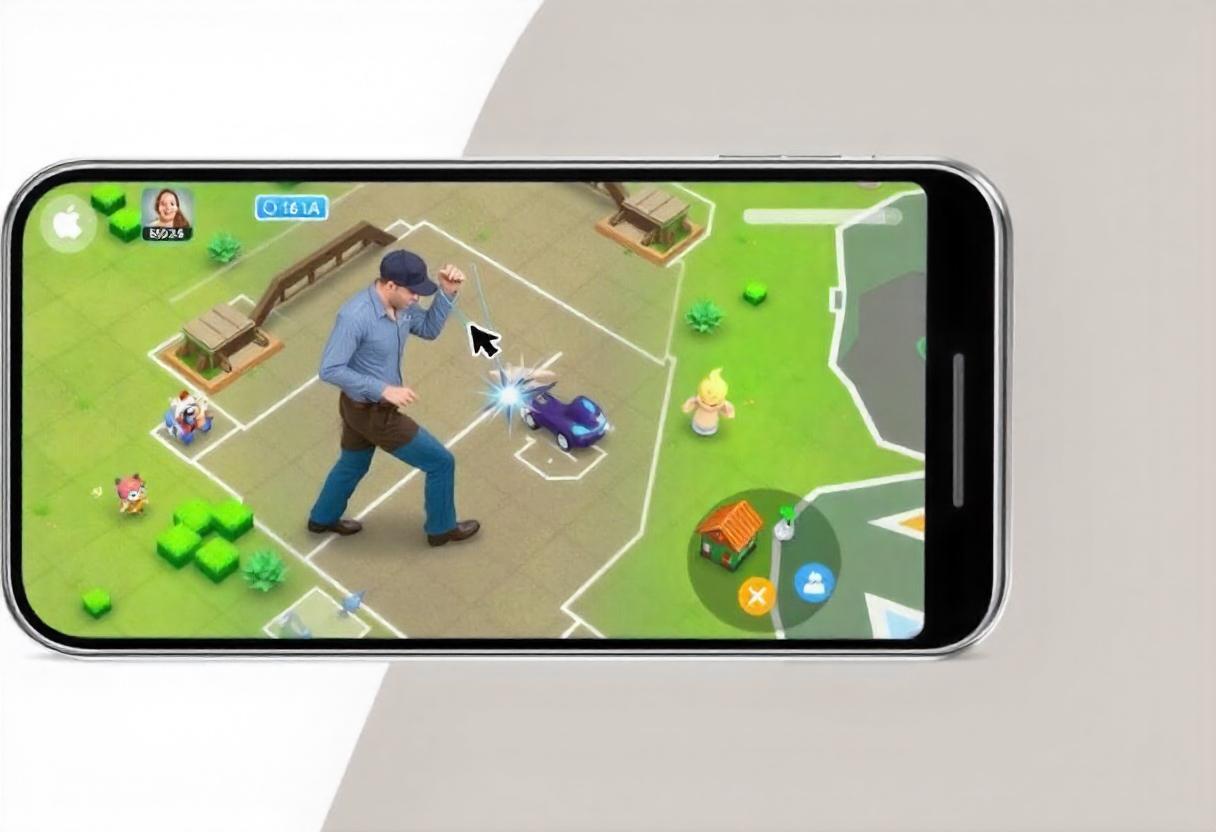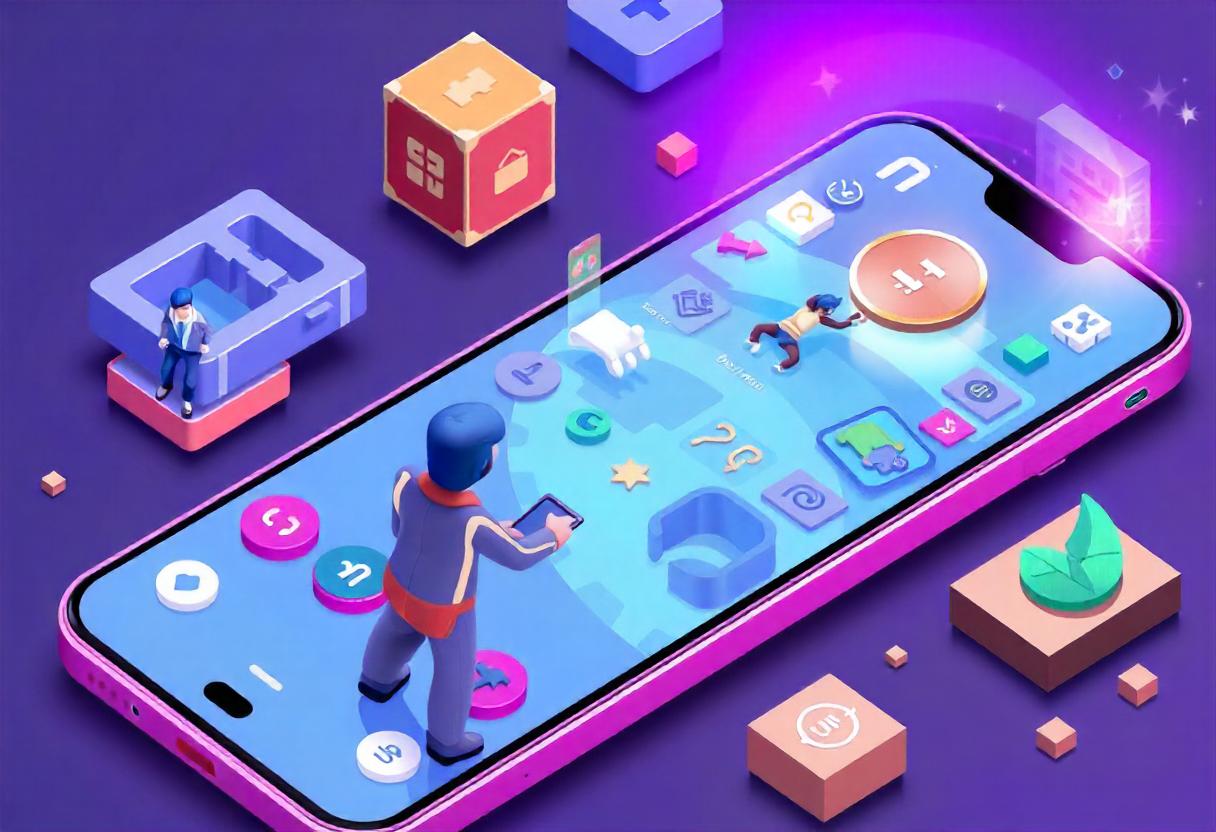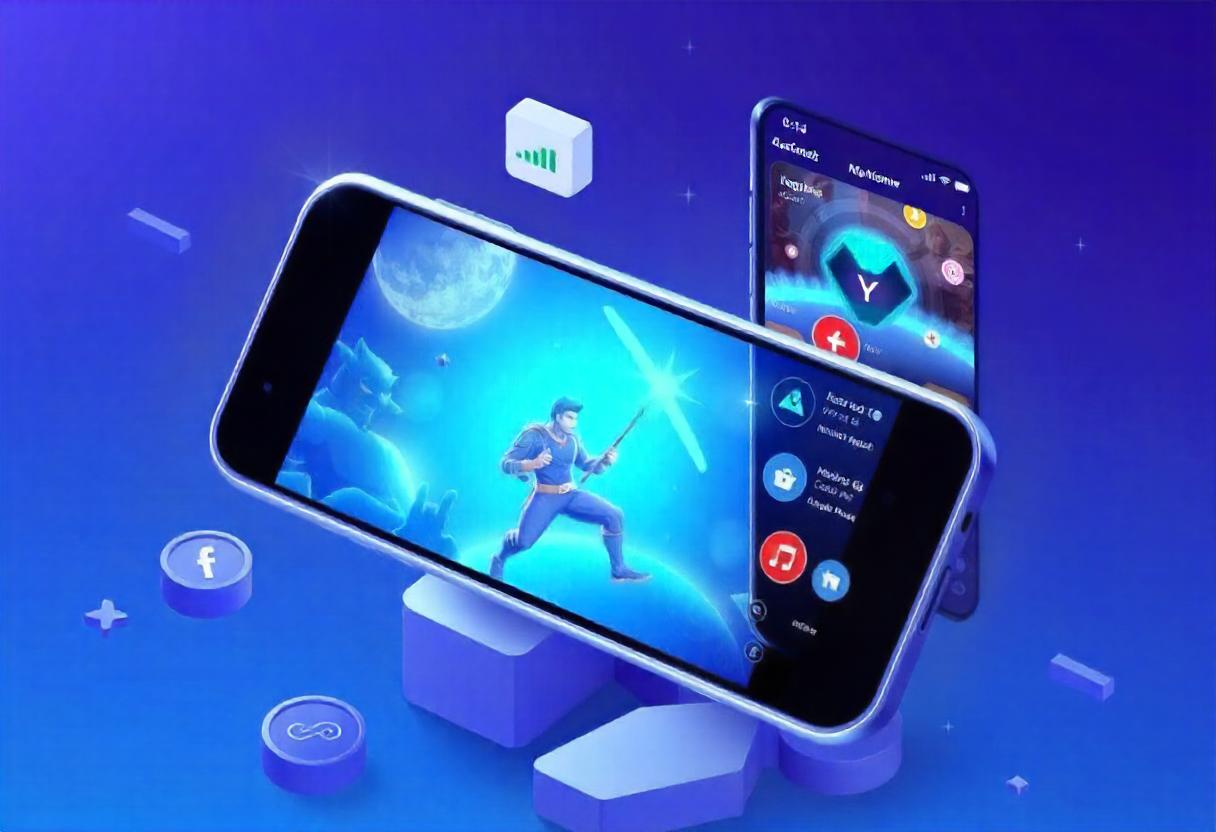In the mobile gaming industry, success isn't just about creating a game that looks good or functions well; it's about delivering a player experience that feels intuitive and satisfying from start to finish.
One of the key components that can make or break a mobile game is user experience (UX). UX is the cornerstone of game promotion strategies, significantly influencing user acquisition, retention, and overall engagement. Understanding the role of UX in mobile game app promotion can help developers create immersive experiences that not only capture attention but also convert players into loyal users.
Understanding User Experience (UX) in Mobile Games
At its core, UX in mobile games refers to how players interact with the game, which includes ease of use, accessibility, and just the overall feel of gameplay. Every touchpoint, from the first download to in-game navigation and performance, contributes to the overall experience. While visuals and game mechanics are vital, UX deals with the emotional and psychological aspects of player interaction, making sure the game feels intuitive, enjoyable, and rewarding.
Optimising the user experience has become a strategic priority for mobile game developers who want to stand out in an oversaturated market. A well-designed UX ensures that players not only enjoy the game but also continue playing and, more importantly, promote it through word of mouth and social sharing.

The Importance of UX in Mobile Game App Promotion
1. First Impressions Matter: Onboarding and Retention
The onboarding process is often the first interaction players have with a mobile game, and it needs to be flawless. A complicated or frustrating onboarding experience can lead to high abandonment rates because many users end up simply uninstalling the game once they encounter difficulties. Simplifying account setups, tutorials, and initial in-game navigation encourages users to stay engaged, which is critical during the early promotion phase.
Additionally, well-designed onboarding not only retains users but can also generate positive initial feedback, leading to higher app store ratings—an essential factor in promotion. UX improvements that shorten the learning curve help create immediate connections with players, increasing the chances of higher retention rates and organic promotion through reviews and social sharing.
2. Enhancing Playability and Enjoyment
Playability is another essential UX component, directly influencing how enjoyable and accessible a mobile game is to a broad audience. For example, UX improvements such as smooth controls, an intuitive user interface (UI), and fast loading times can greatly enhance the overall gaming experience. A fluid, enjoyable experience encourages users to engage with the game for longer periods, which positively impacts app rankings in stores and fuels user-driven promotion.
Games that offer a seamless UX are more likely to be shared, recommended, and featured on gaming forums or social platforms. These organic shares play a significant role in mobile game app promotion, where user trust is built by personal recommendations.
3. Retention Equals Word of Mouth Marketing
In the mobile gaming ecosystem, a positive UX directly impacts retention rates, which, in turn, fuels word-of-mouth marketing. Players who are satisfied with their in-game experience are more likely to leave positive reviews, share the game on social media, and recommend it to friends. All of this increases your game’s visibility without the need for expensive ad campaigns. The role of UX in turning players into promoters cannot be overstated, as many mobile games succeed purely through community-driven marketing efforts.
Effective UX designs, such as timely reward systems and intuitive progression mechanics help sustain player engagement and give them reasons to talk about the game. Note that engaged players become advocates who help in promoting the game within their networks, offering organic visibility.
4. UX Impacts Monetisation
A seamless UX can also support monetisation strategies. Whether through in-app purchases, ads, or subscription models, a well-thought-out UX ensures that these monetisation elements are smoothly integrated into the gameplay experience. Poorly timed ad placements or difficult-to-navigate purchase screens will frustrate users and lead to negative reviews, directly affecting the app’s promotion.
On the other hand, if players find in-game purchases easy to understand and unobtrusive, they’re more likely to spend money within the game. An improved UX directly contributes to higher revenue, and higher revenue often correlates with better promotional opportunities, such as app store featuring and influencer endorsements.

UX Best Practices to Enhance Mobile Game App Promotion
- Streamlined Navigation and User Interface (UI): One of the fundamental principles of UX design is creating an intuitive UI. Mobile game players want quick access to the main features and the ability to navigate without confusion. Complex menus or hidden features will frustrate users, causing them to abandon the game. By keeping navigation straightforward and clearly labeling UI elements, developers can ensure that users remain engaged, making it easier to promote the game as accessible to all skill levels.
- Regular Feedback and Updates: Collecting user feedback is essential in improving UX over time. By actively listening to player reviews and analysing their behavior, developers can identify friction points that may be hindering the experience. Regular updates based on this feedback not only improve UX but also provide opportunities for game promotion. Each update can be framed as an enhancement to the player experience, encouraging re-engagement and increasing visibility on app stores.
- Personalised Enhanced Engagement: Personalisation is becoming a key factor in mobile game UX. By offering customised experiences, such as tailored game recommendations, personalised rewards, or difficulty levels that adjust to the player’s skill, developers can foster a deeper connection between the game and the player. Personalised experiences drive retention and increase the likelihood that players will promote the game within their social circles.
- Consistent Performance and Optimisation: Consistency in performance is critical for a positive UX. Lagging, freezing, or frequent crashes can ruin the player’s experience, leading to poor reviews and negative word-of-mouth. Optimising the game for different devices and screen sizes, especially in regions with varying internet speeds, can help ensure that all users enjoy a smooth experience, further boosting promotional efforts.

How to Measure the Impact of UX on Mobile Game Promotion
Understanding how UX improvements affect the promotion of a mobile game involves tracking specific metrics. These include:
- Retention Rate: A key indicator of how well users are enjoying their experience.
- Session Duration: Longer play sessions often correlate with better UX and higher levels of engagement.
- Churn Rate: If users are dropping off quickly, there may be issues with onboarding or core gameplay mechanics.
- App Store Ratings and Reviews: Positive reviews often reflect a good UX, while negative ones can highlight areas for improvement.
- Virality Metrics (Shares, Mentions, etc.): Track how often the game is shared on social media or mentioned in forums.
By continuously refining UX and measuring its impact through these KPIs, game developers can ensure that their game is not only playable but also promotable.
Conclusion
In the competitive world of mobile gaming, user experience plays a pivotal role in app promotion. UX not only determines whether users will continue playing your game but also influences how they promote it to others. By focusing on seamless onboarding, enhancing playability, driving retention, and integrating monetisation smoothly, mobile game developers can leverage UX to amplify their promotional efforts, turning satisfied users into dedicated advocates for the game.
At The Game Marketer, we specialise in helping game developers and publishers reach their target audience and drive game success through tailored marketing solutions. From game promotion strategies to influencer marketing, app store optimisation (ASO), and community engagement, we provide comprehensive services designed to maximise your game's visibility and user acquisition. With our expertise in the gaming industry and focus on delivering measurable results, we can help you launch, promote, and grow your mobile game app successfully.
For more information on how we can support your game marketing efforts, visit our services page to explore how we can help elevate your game's user experience and reach new heights in the competitive gaming market.



